Beyond the Point has visited Wat Tyler country park on numerous occasions over the years, and the photographs below range from 2011, when much of the article was written, to Autumn 2022. However, we would like to thank Alistair MacRae from the education team, and a ranger who specialized in the wildlife side of the park, who was able to guide us around at Beyond the Point’s birth in 2011 and show us many of the hidden historic remains we have covered below.
The marshland site was put into action by Alfred Nobel – founder of the Nobel Peace Prize – who invented Dynamite in 1863, being a more safe and reliable method in which to manufacture Nitroglycerin – what would have been a viscous oil-like explosive made from Glycerin and Nitrogen. Although not as extensively produced at the factory, guncotton – explosive in a cotton-wool form, was made for use in cordite – an explosive used for sparking at the base of cartridge shells, propelling the bullet outwards, like a miniature ‘cannon’, were also made here. The factory was built in 1891 by the British Explosives Syndicate, with the main intention of the explosives to be used for weaponry, but also in mining. The factory saw heavy use in the First Wold War, but couldn’t make itself of enough use afterwards, and closed in 1929.
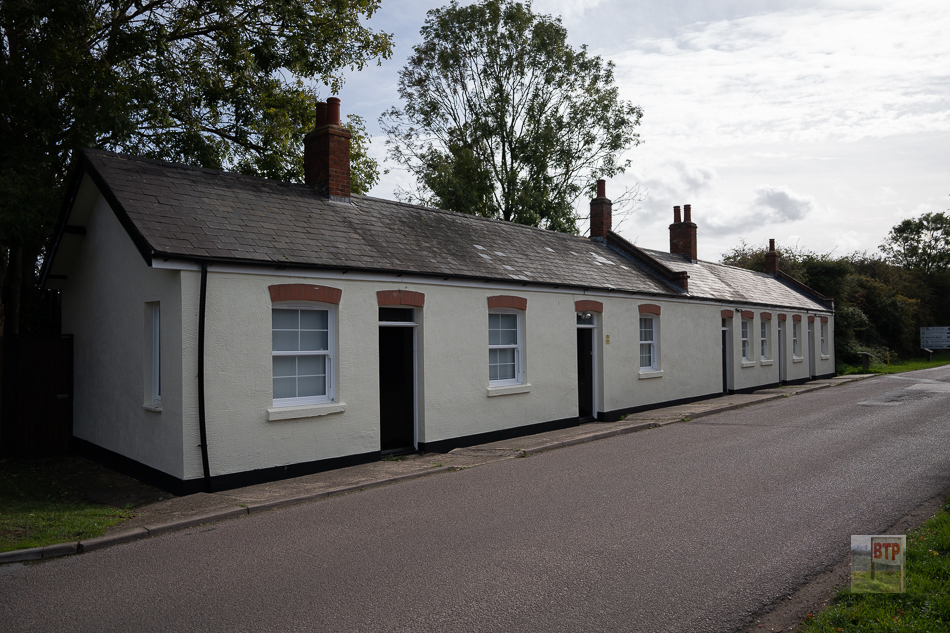

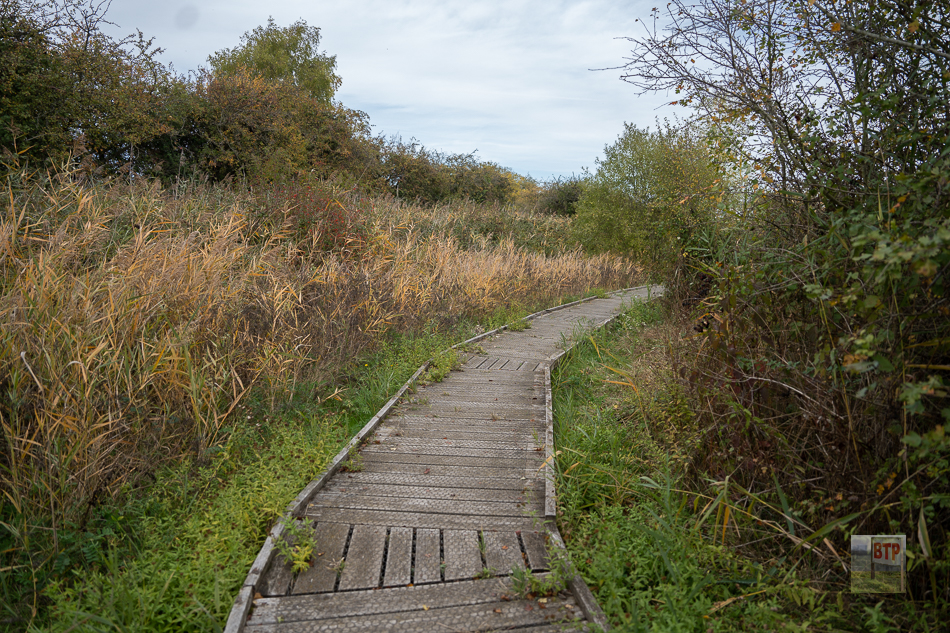
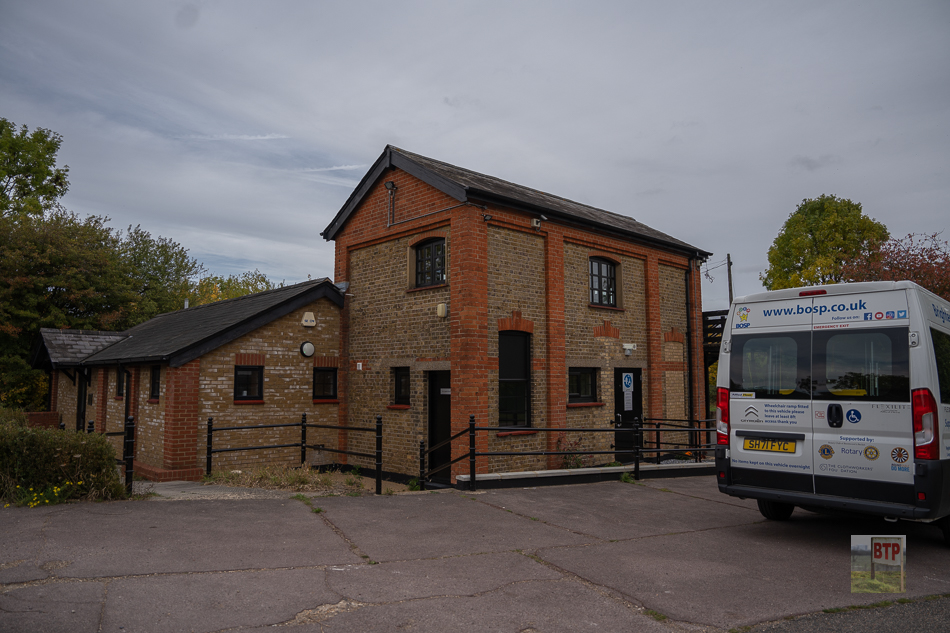
Here you can see the reproduced wooden walkways and various original buildings, including a cordite building pictured bottom left (testing range?)
As you first begin wandering the park, you are greeted with a wooden ‘decking’ pathway, similar to the wooden boarding used by workers so that grit on their shoes wouldn’t ignite any explosive. We saw some revamped buildings which would have been the firing range used to test cordite in the .303 rounds fired in the standard-issue Lee-Enfield rifles of the time.
The southern part of the park is a dock, which would have been where ships would have dropped supplies off, arriving from down up from the passage between Coryton and Canvey, going up past Vange. In the docking area you will find the remains of an old wooden jetty in the distance, probably in use by the factory, as well as a large crane and a concrete guncotton washing bowl with a channel cut to drain into the marshes. Following the water’s edge to the east, you will come across an old Lighter boat which would have brought in artillery shells from the US to be filled and distributed. It had clearly got stuck in the marsh and has rotted there to this day.
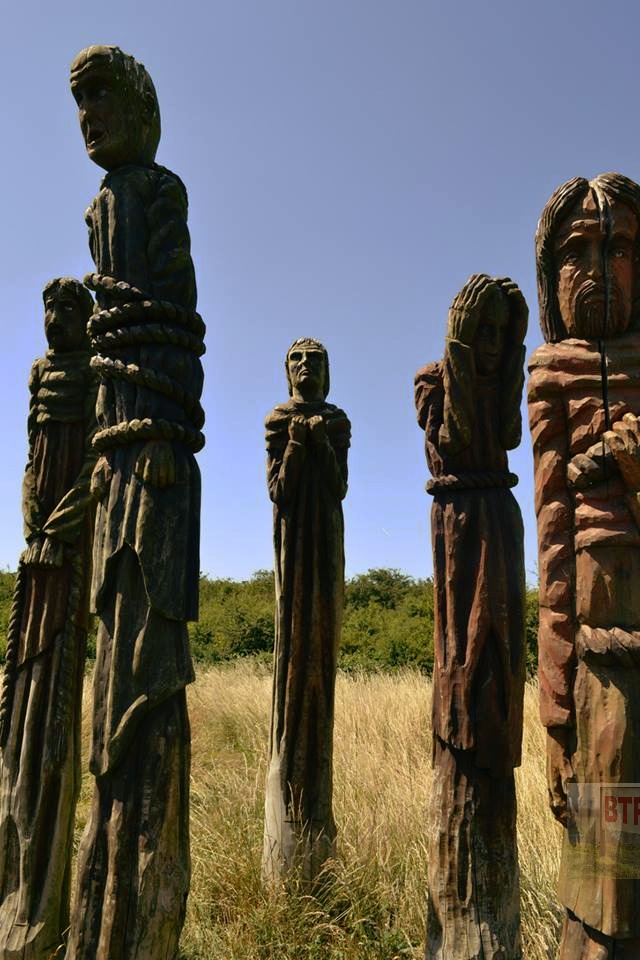
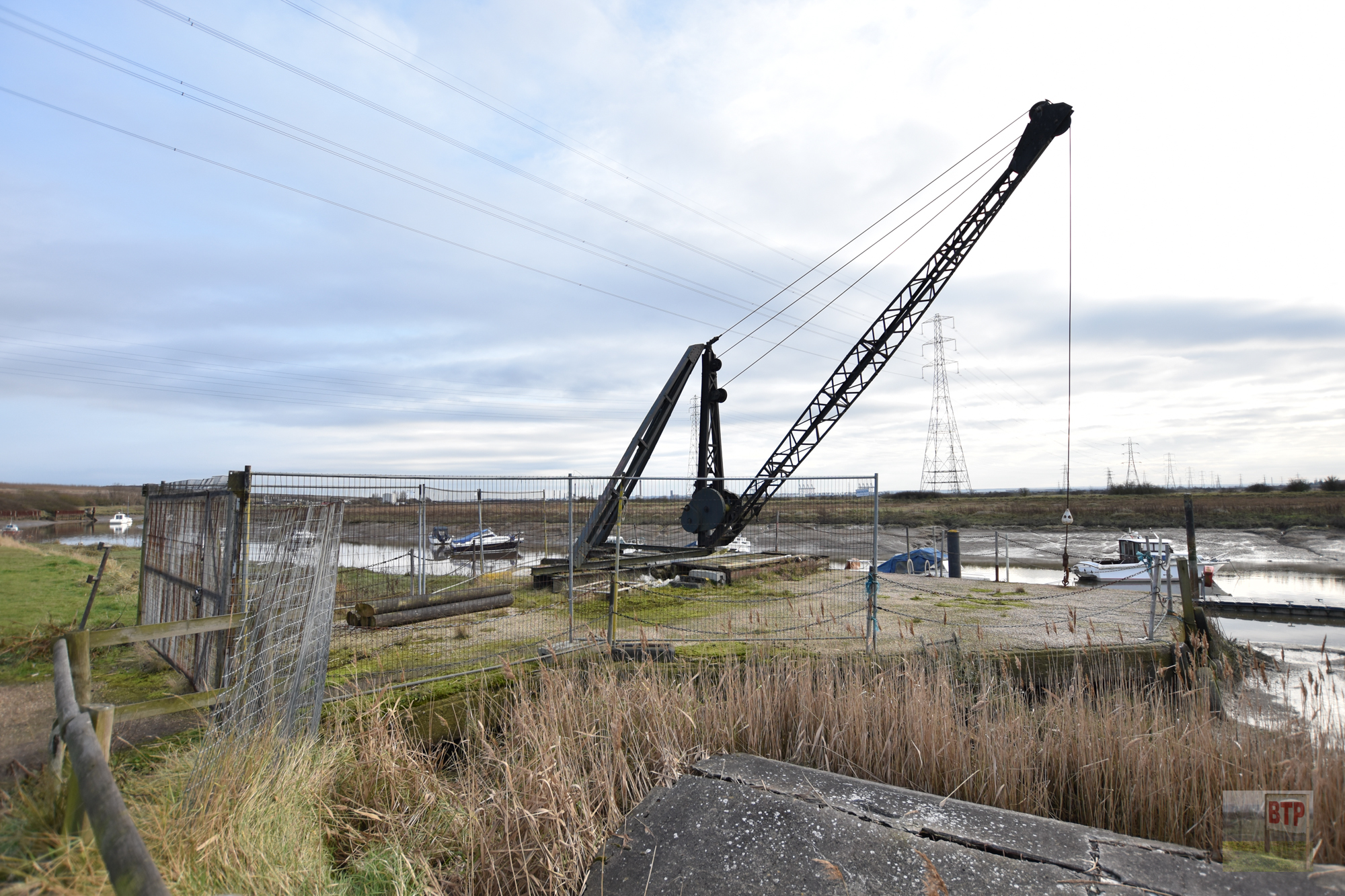
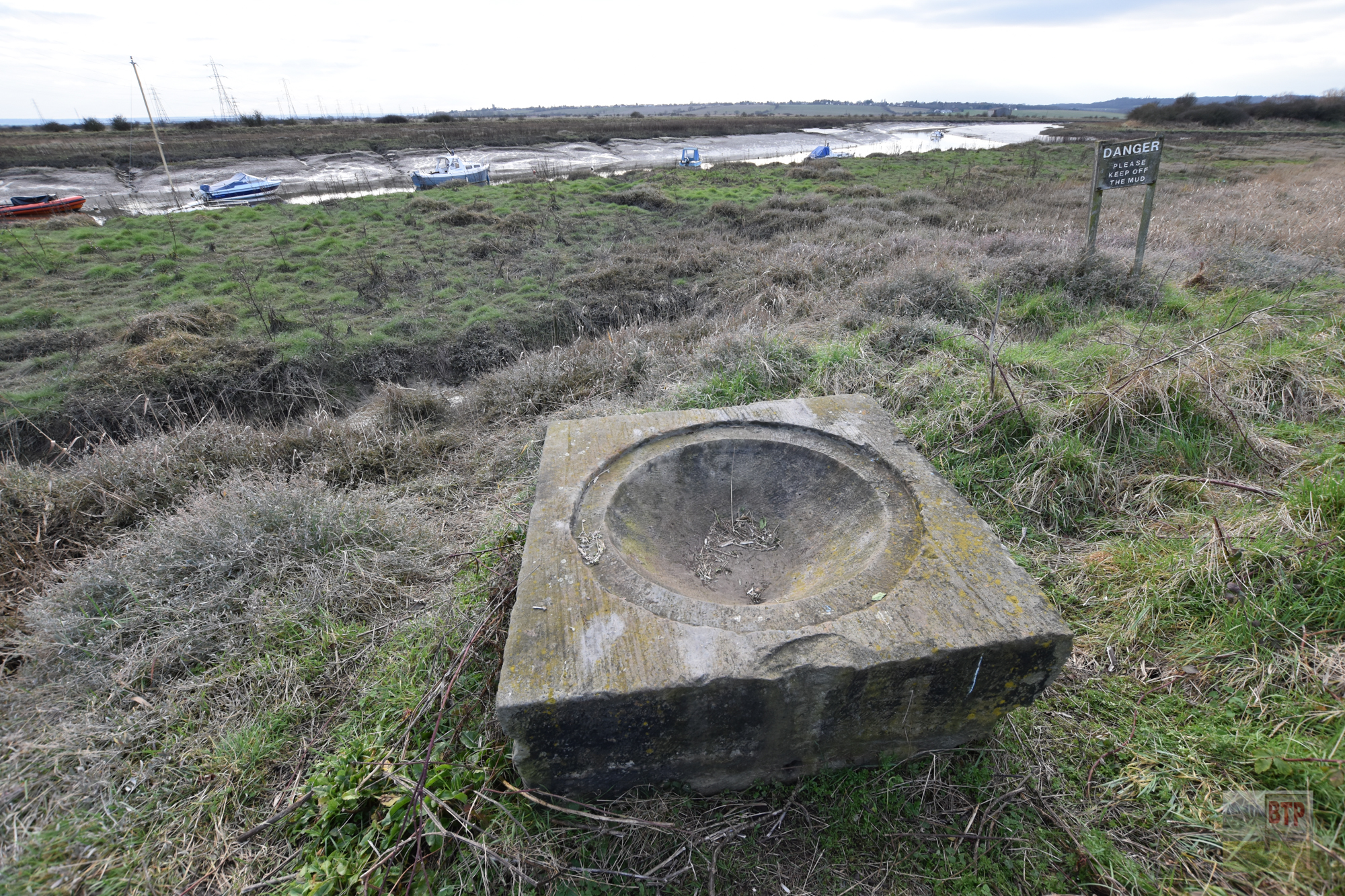
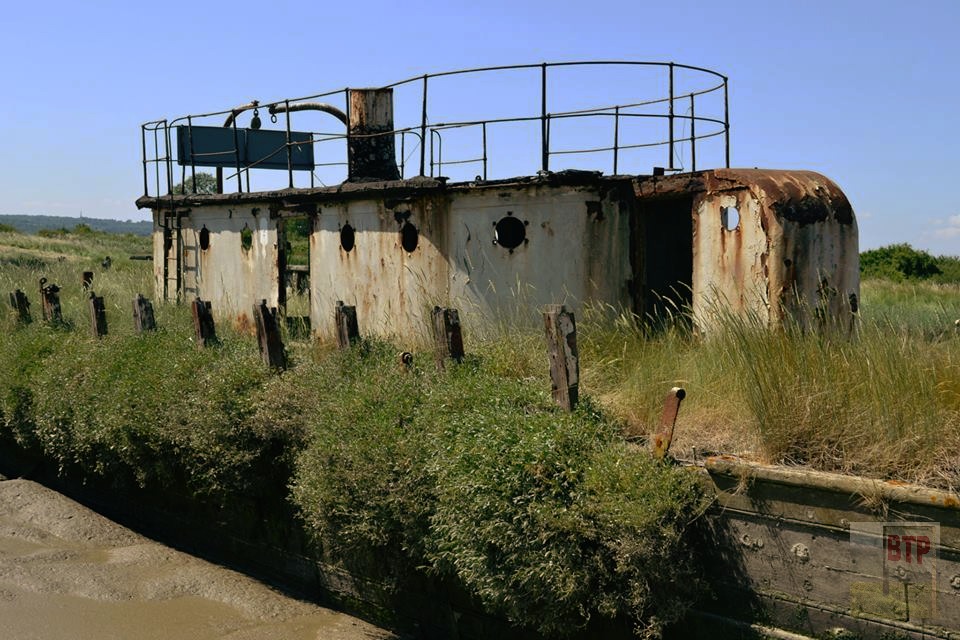
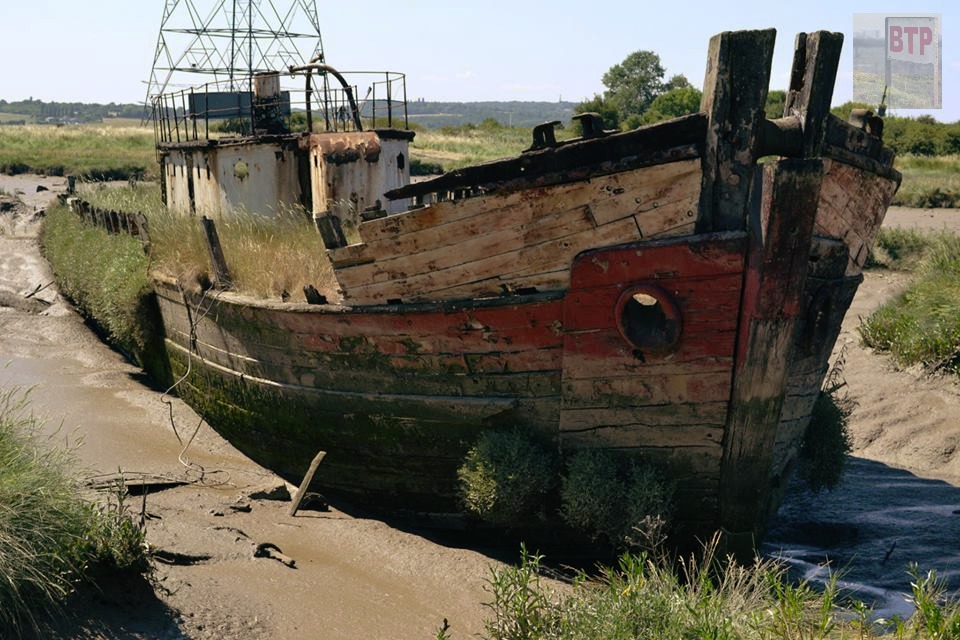
Keith Webster describes the ruined lighterboat on BenfleetHistory.org.uk:
Regarding the so called Lighterboat stranded in Wat Tyler country park, if you are refering to the large wooden vessel in the saltings to the south east of the slipway at Pitsea creek she is in fact a wooden lightship built in the 1840’s for Trinity House, I believe she was the Nore light vessel & was run down & sunk by a coaster before the war then refloated & used as Erith yacht club’s floating clubhouse. Later came to Pitsea & was abandoned in the 1960’s.
In the visitors centre, there is an exhibition about the park’s explosive factory history, which offered a hands-on detailing of its past well worth looking at before exploring the wilderness. When venturing into the undergrowth, just straying from the trail guides outside the bushes, you will come across an incredible concrete tunnel built into a mound (the park’s highest point). It would have been roughly where the Nitroglycerin production started, in which pipes would have sent necessary liquids down into a pit.
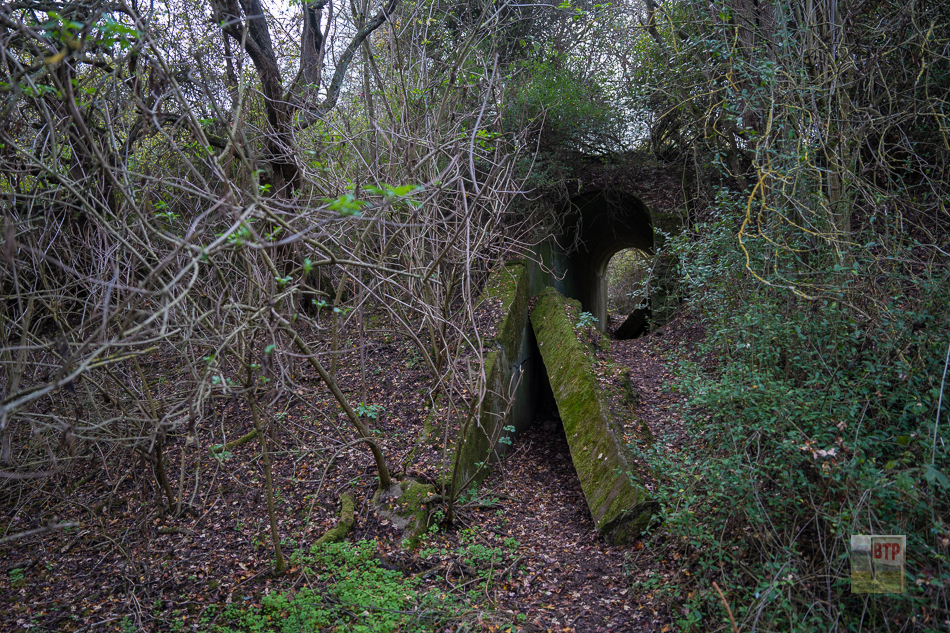
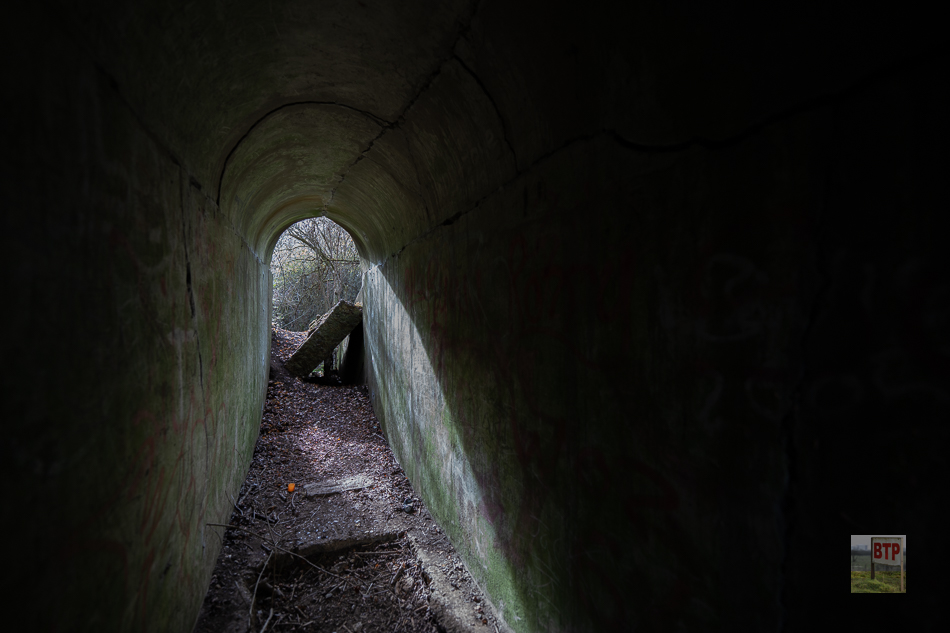
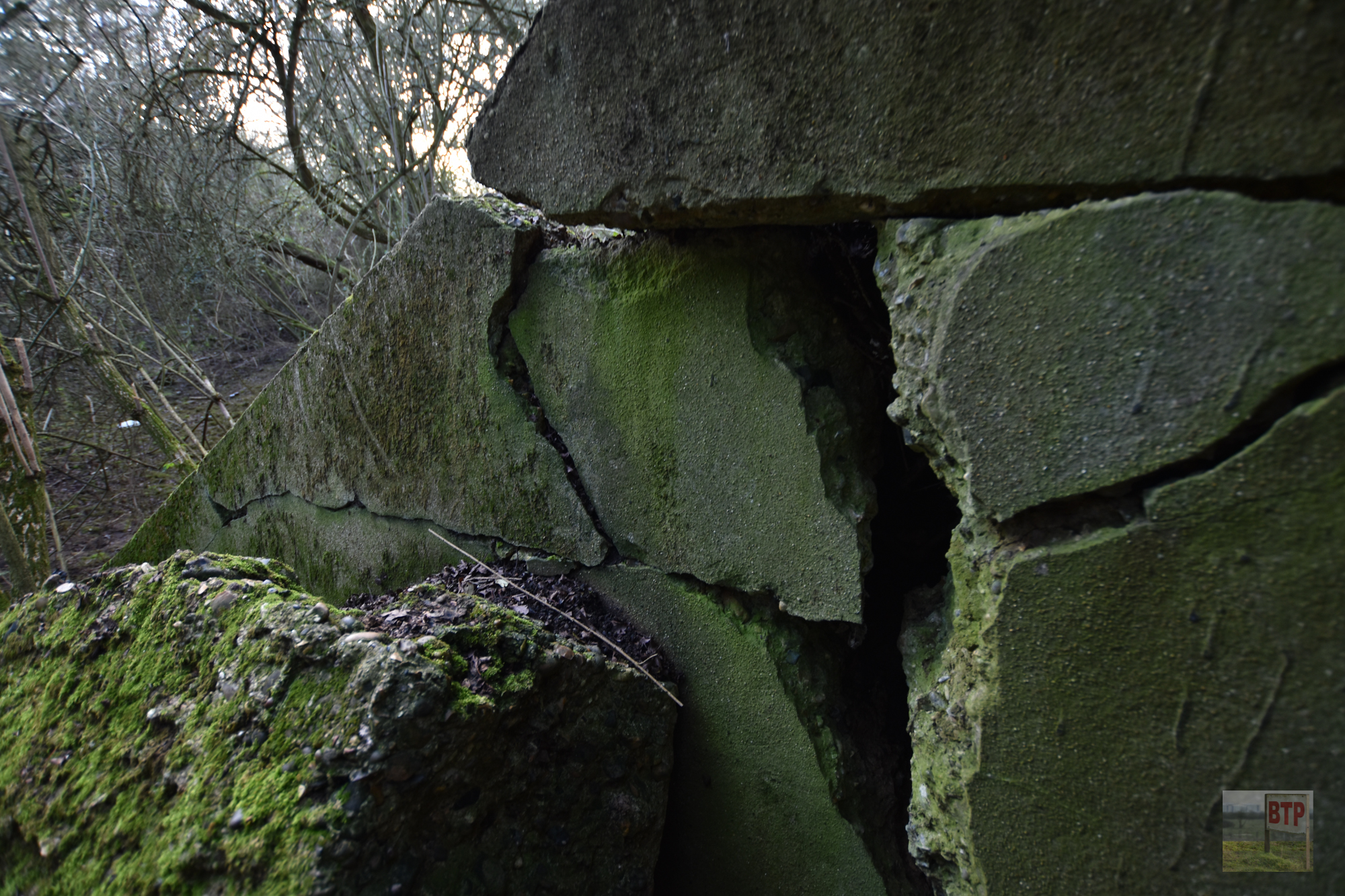
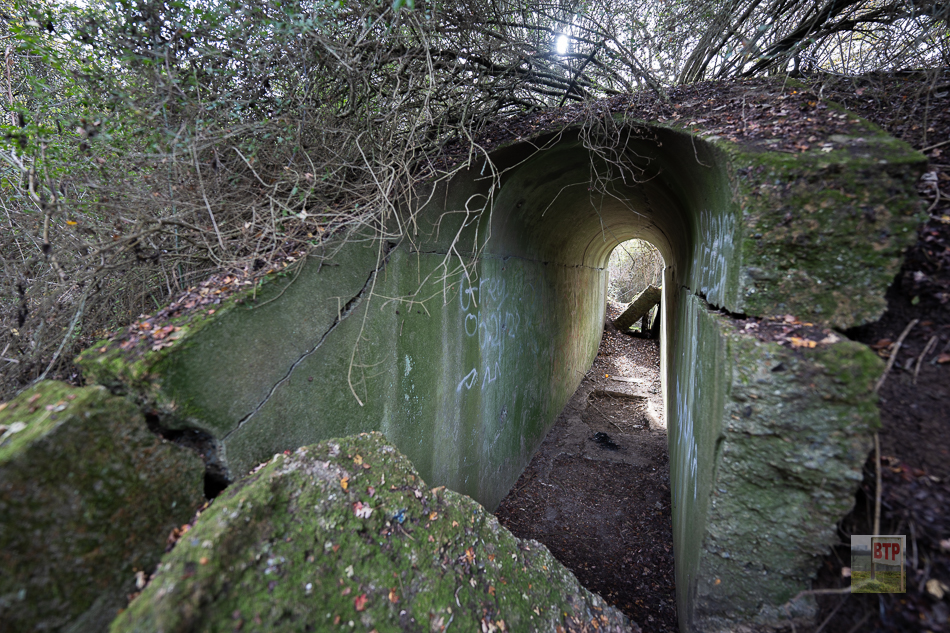
Next you can follow the hill which the numerous tunnel pipes would have led onto (except for one which could cut off the explosives by sending them to an isolated tank, in case of fire). At the base of the hill was a pit containing foundations for a building where the chemicals would have been first processed. The square enclosure-like foundations in brick can be seen in our photographs.
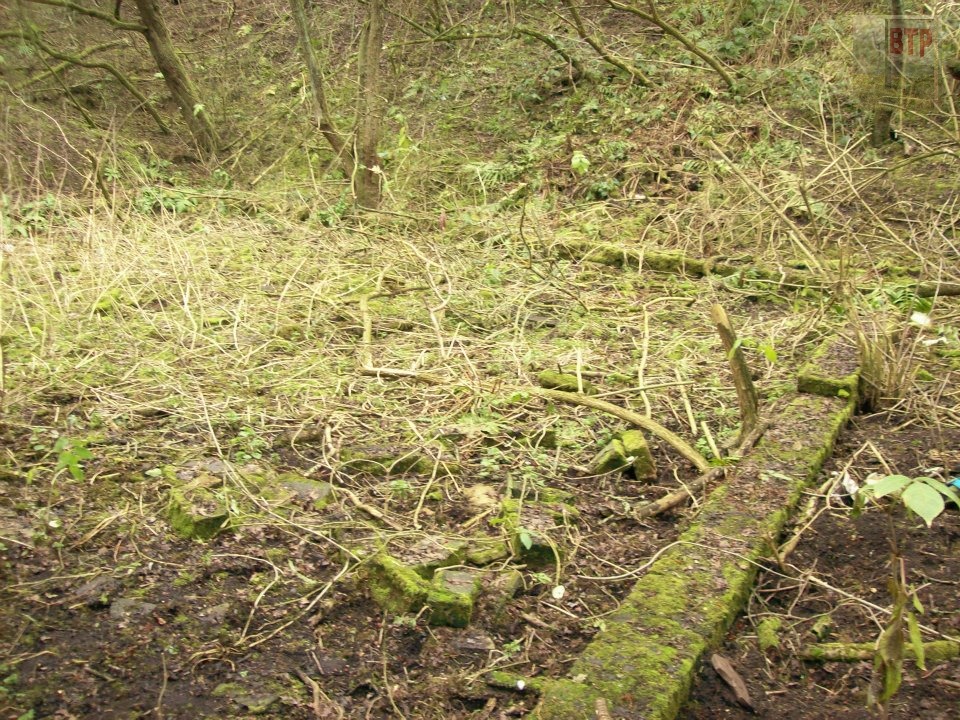
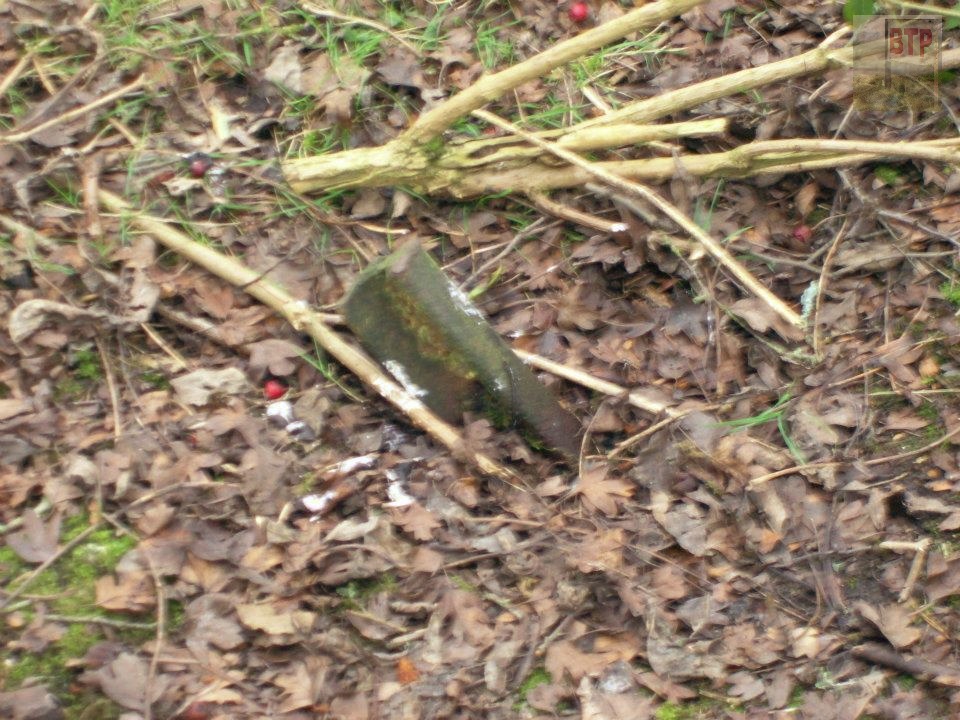
The production would have then continued across the site through several buildings which would have further processed the Nitroglycerin. These building foundations were surrounded by ‘blast mounds’ – bevelled U-shaped earth mounds which would have protected the buildings surrounding it from the flying debris of the building inside, which would have of course exploded. The explosive would have been carried between buildings via man-pushed ‘bogey’ carts, which would have ran along rails – a fragment remains in the park which can been seen above. What made Nobel’s Dynamite so safe was that the Nitroglycerin it would have used would have exploded even under subtle sudden pressure. Instead, it was mixed with a cat-litter type earth/sand called ‘kieselguhr’, which would make it safer and thus easier to work with.
One section of the park, free from undergrowth, reveals more blast mounds, this time protecting buildings which would have been worked in by women packaging the Dynamite into red ‘cartoon-style’ packaging, just without the fuse. Each of these buildings would sit between each of the mounds.
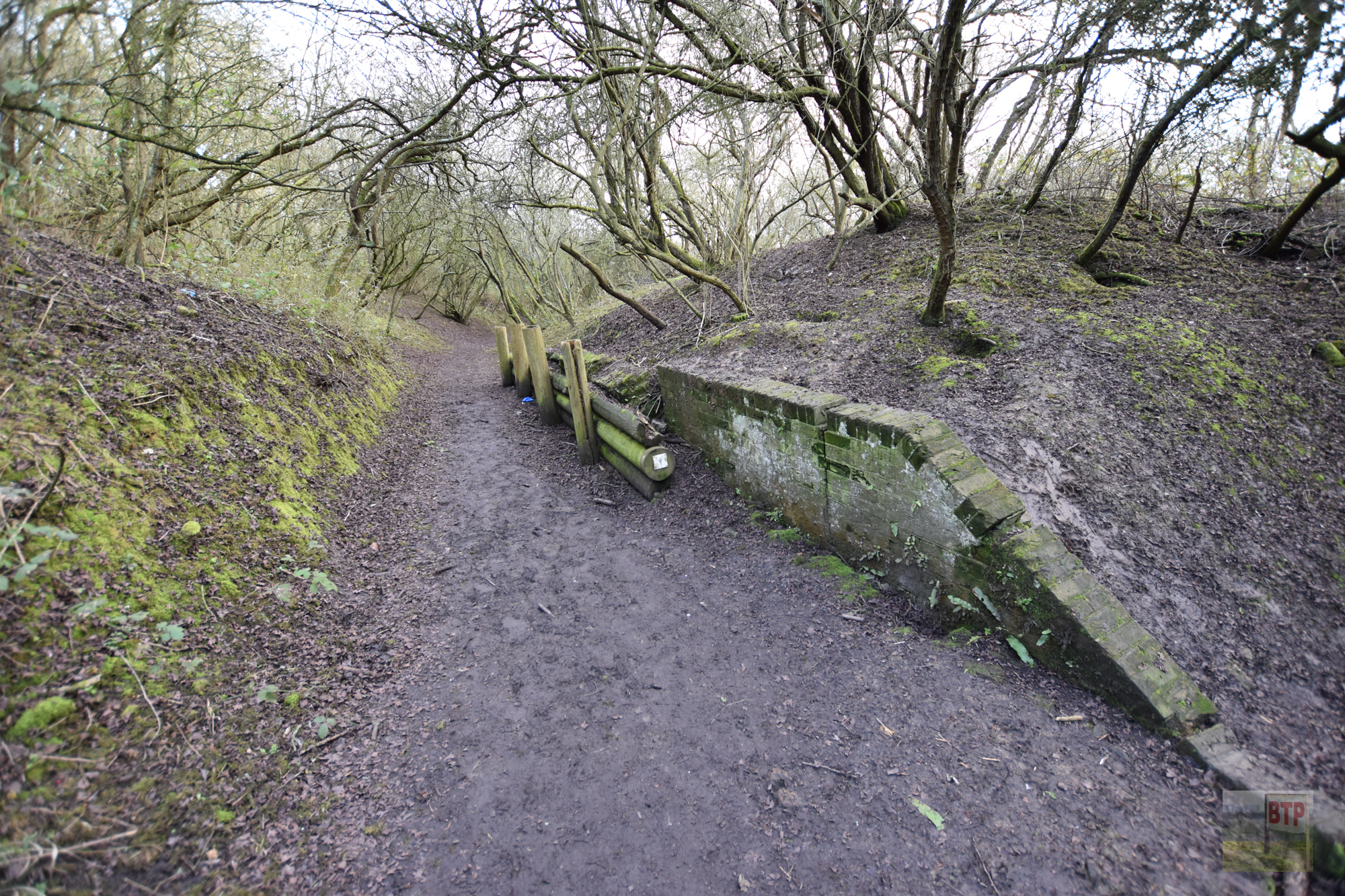
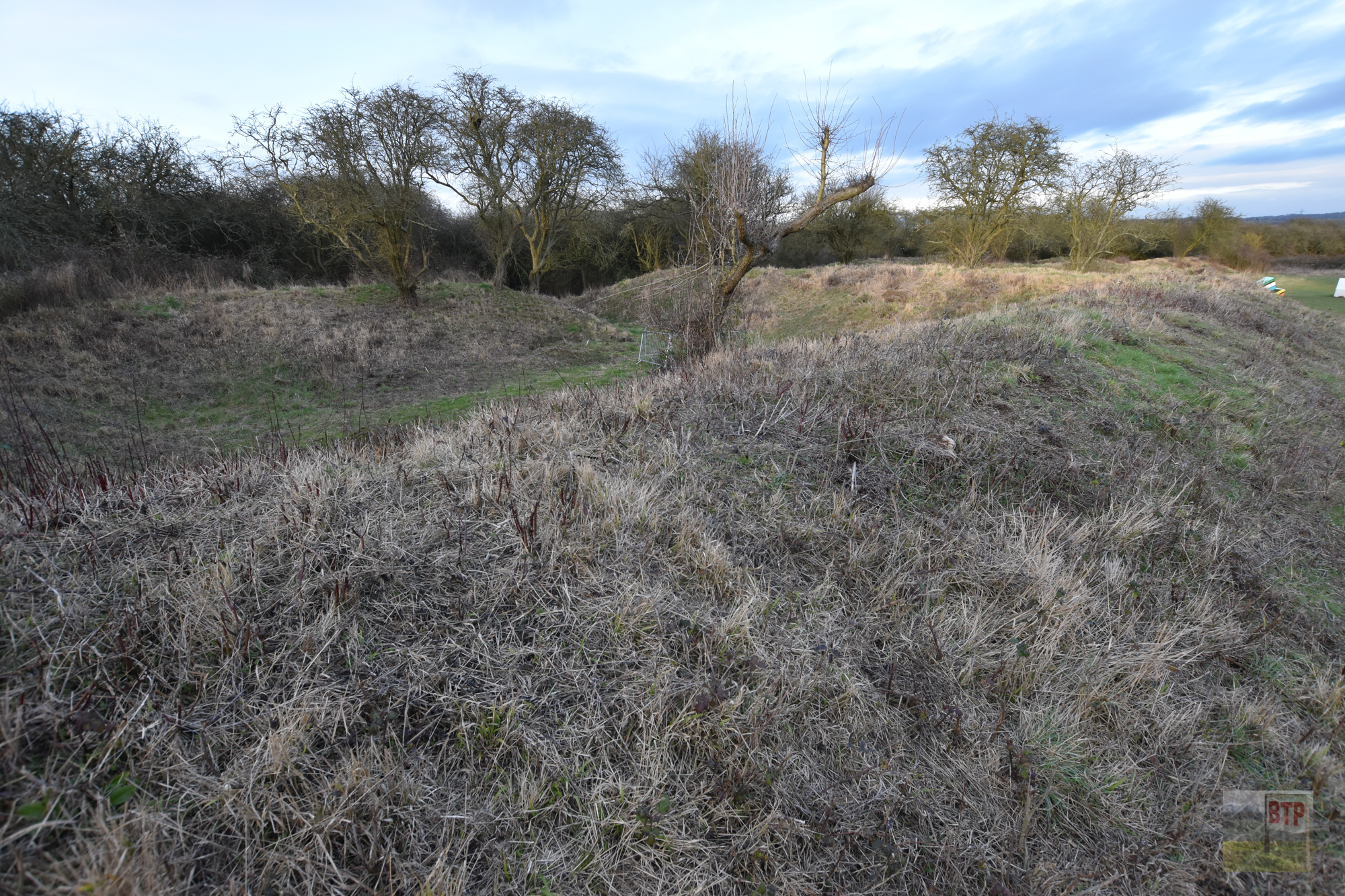
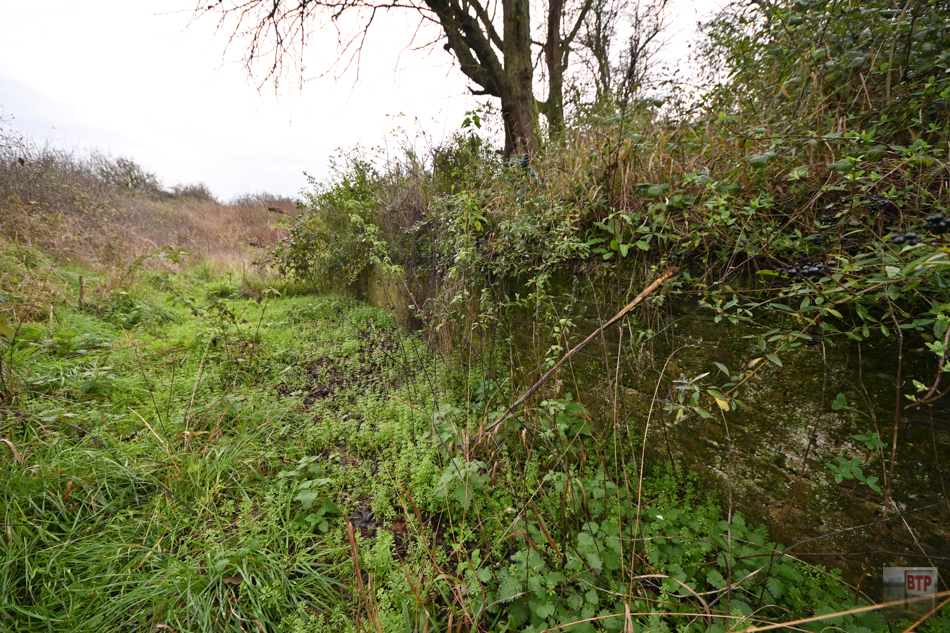
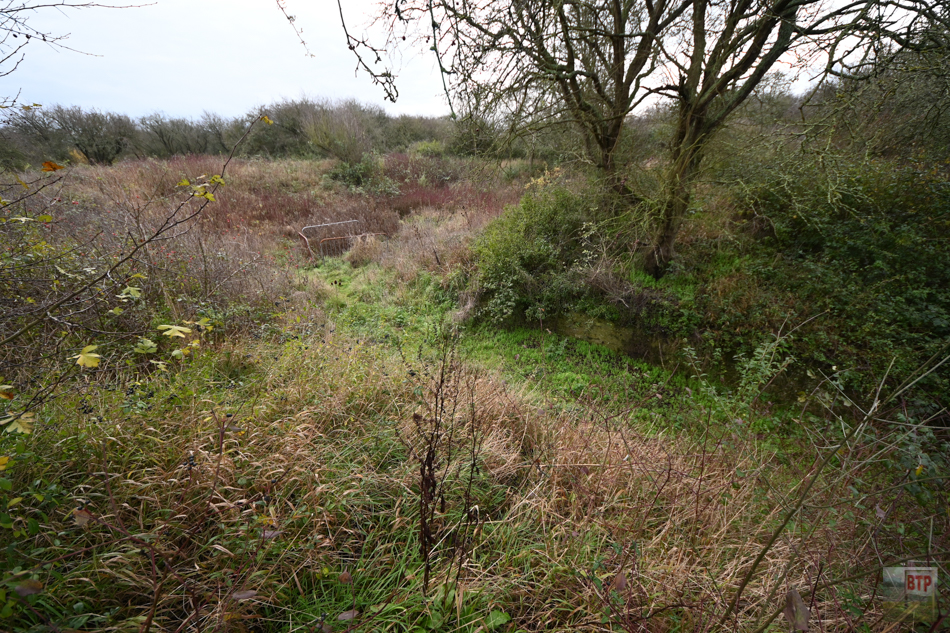
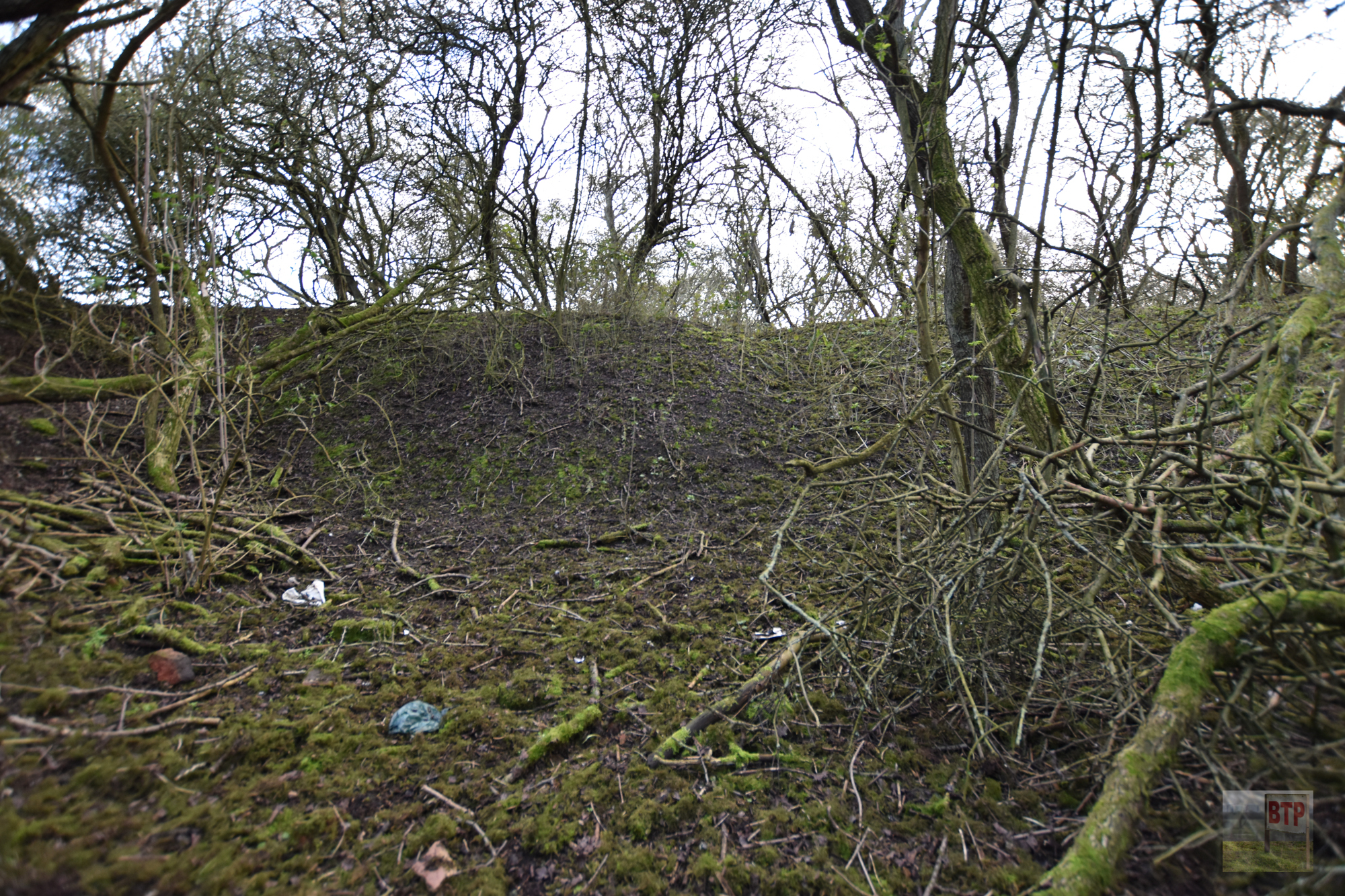
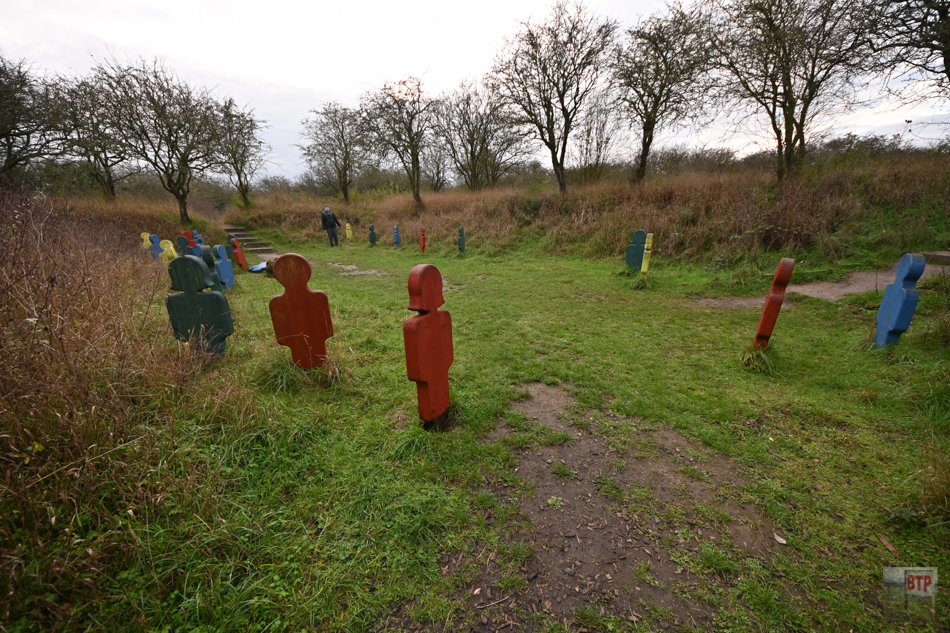
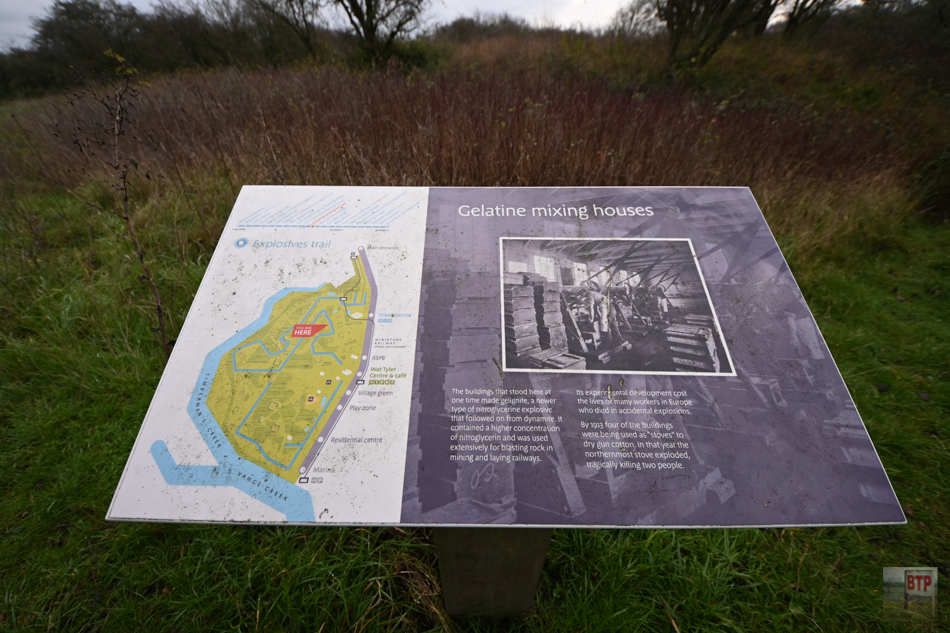
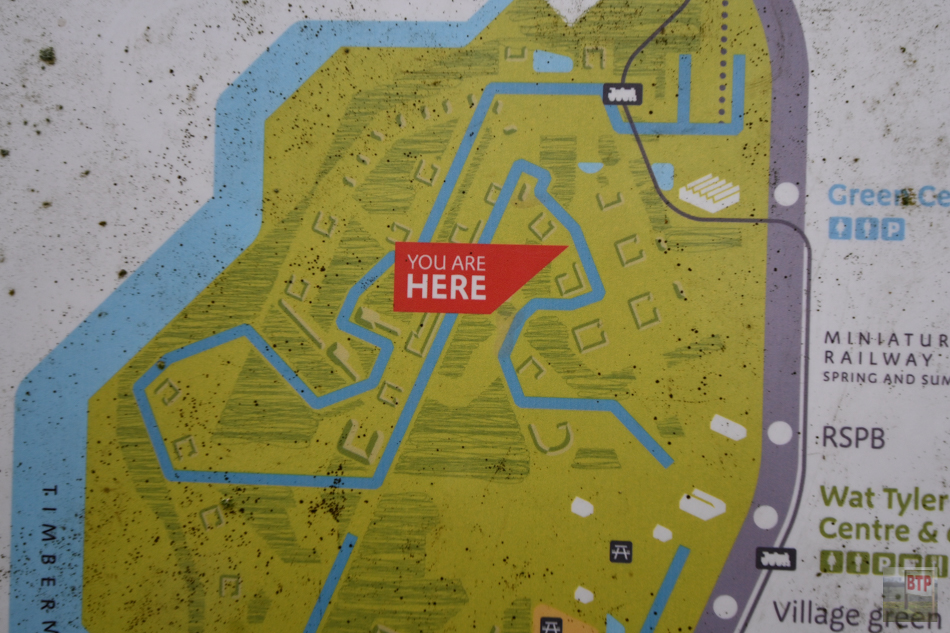
From here the Dynamite was ready to be taken to a different area for final production. After this, if you are lucky you may uncover a mystery building amongst the deep bushes, which appeared to have a reinforced roof. More likely however is that this could just have been some kind of practical hole in the building for an unknown purpose. We also saw a second building which also doesn’t fit criteria well for any building sort, so too remains a mystery. It’s door and flooring are probably from the 1980s when the park was bought by a company hoping to bring it up to something like it is now.
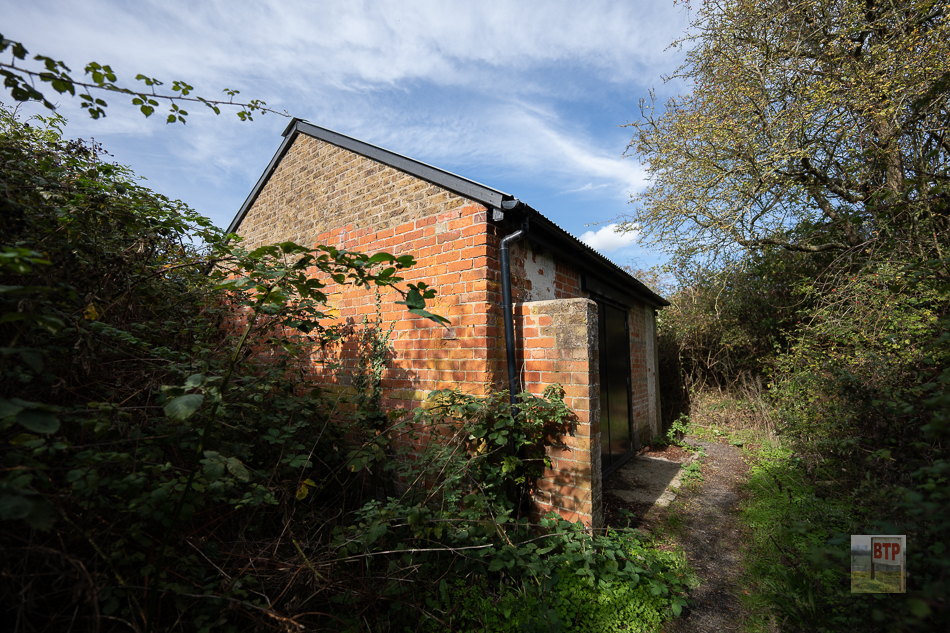
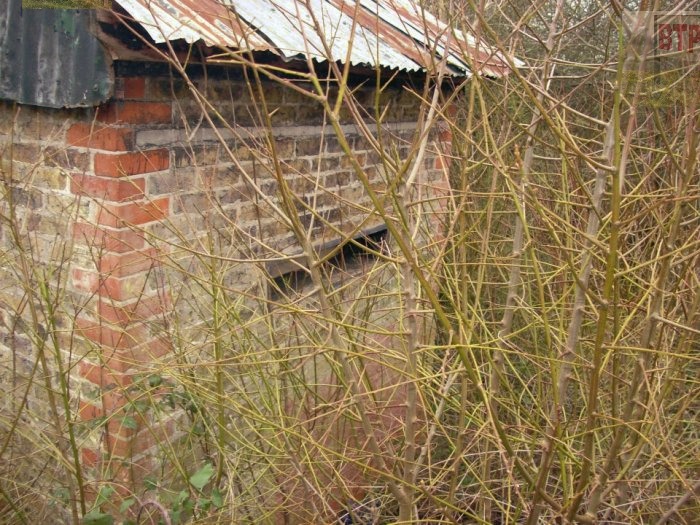
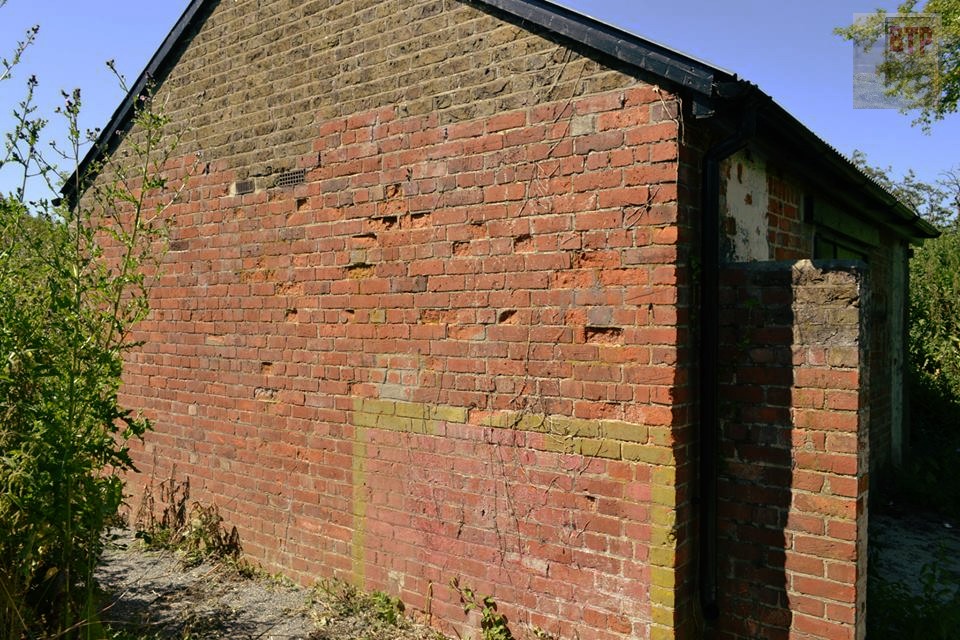
Upon returning back to the starting area, a damaged blast-mound contains a memorial to three men who were killed in the explosion of the building based there. The blast mound has a side missing due to the explosion, and what marks the spot is several stones from St. Michael’s church in Pitsea, which is now only a tower, where these men, or what was left of them, were buried.
There are many remains of the British Explosives Syndicate scattered throughout the undergrowth across Wat Tyler Country park. Here we have tried to document as much as we have been able to find over the years, with thanks to our early tour in 2011. If you wish to explore the site yourself, the country park have their own walking trail that guides you through some of the remains that exist today.
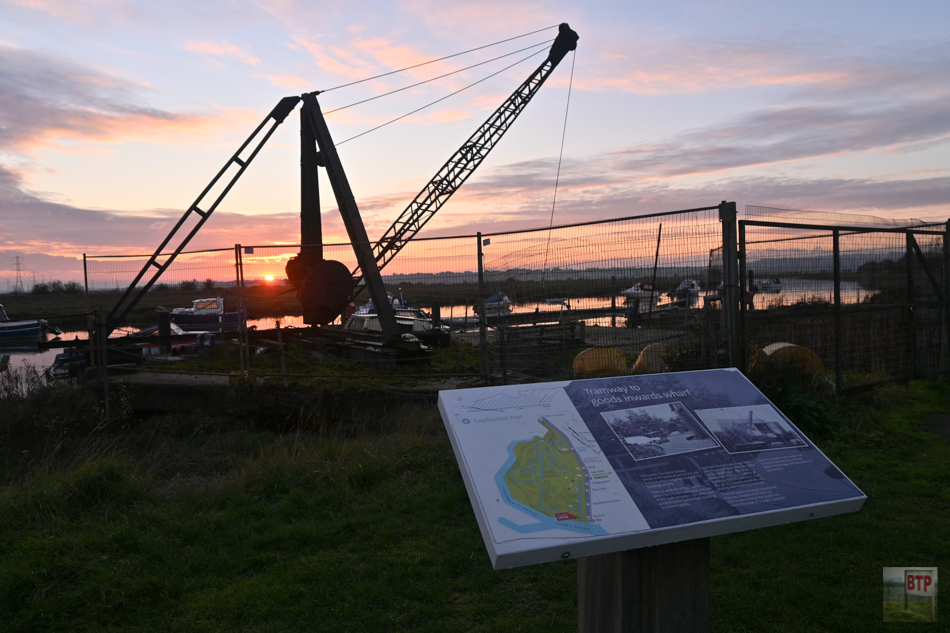
Please note these are older videos of ours from 2013 (above) and 2011 on our original tour (below) so are very amateurish
This entry was posted in Location Report- Exclusive Access
- Explosives Industry
- Industrial
- Pitsea, Basildon & Laindon
- Public Land
- Ruined
- Stuart Georgian and Victorian



